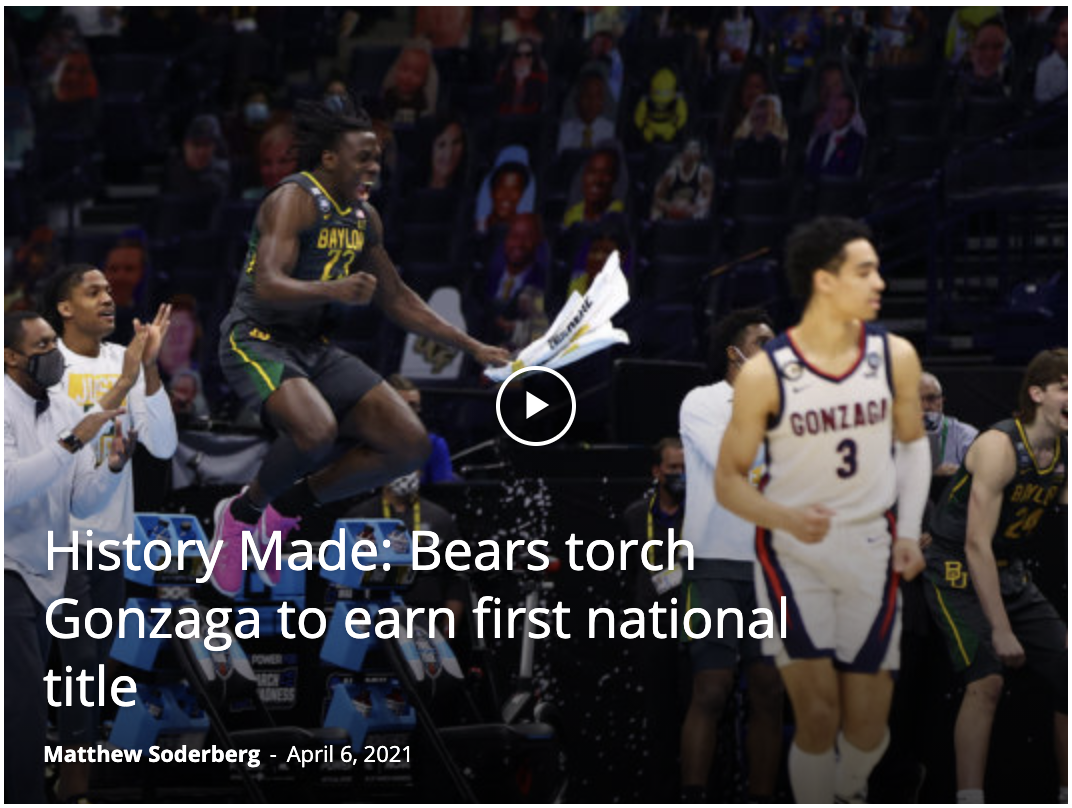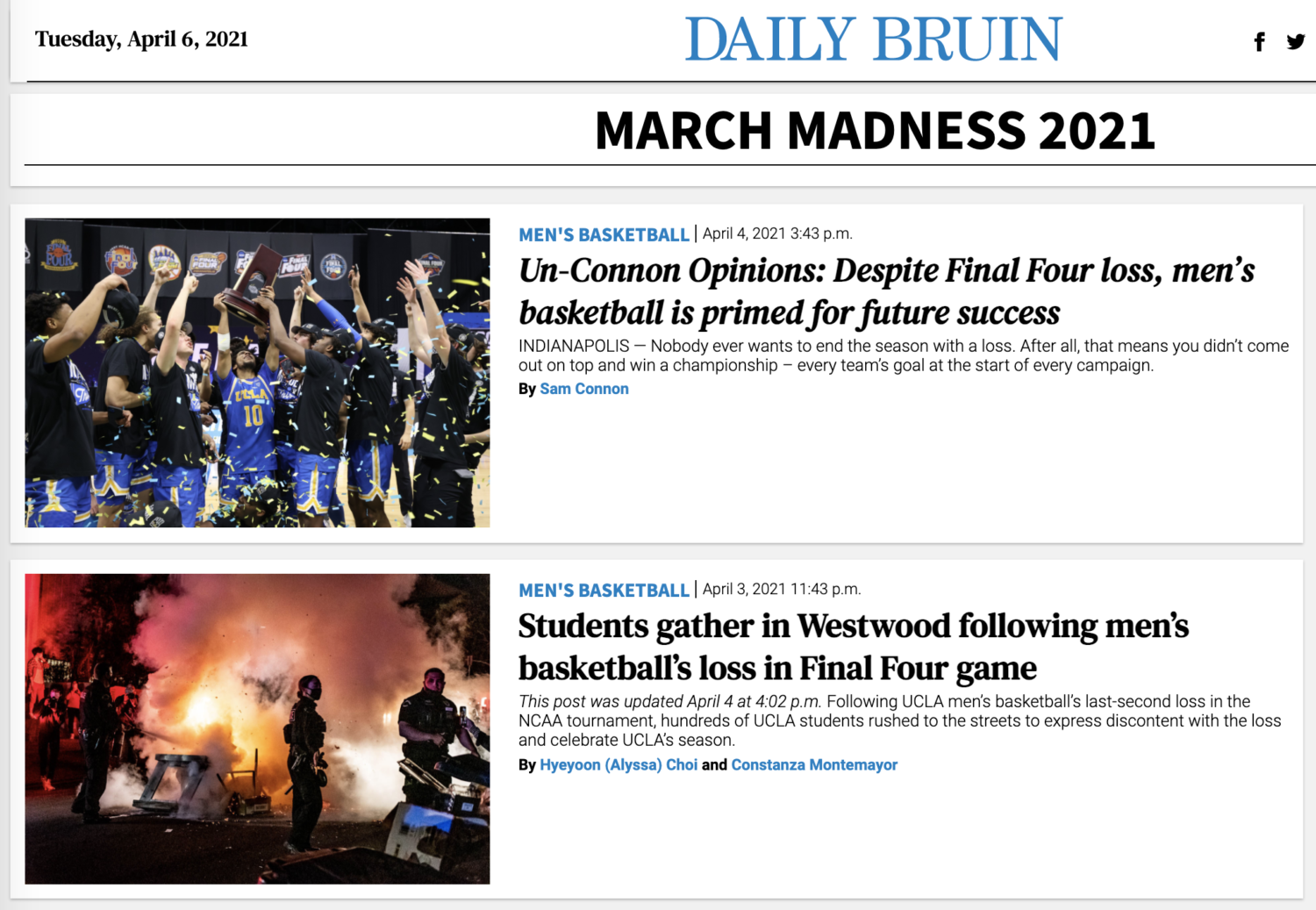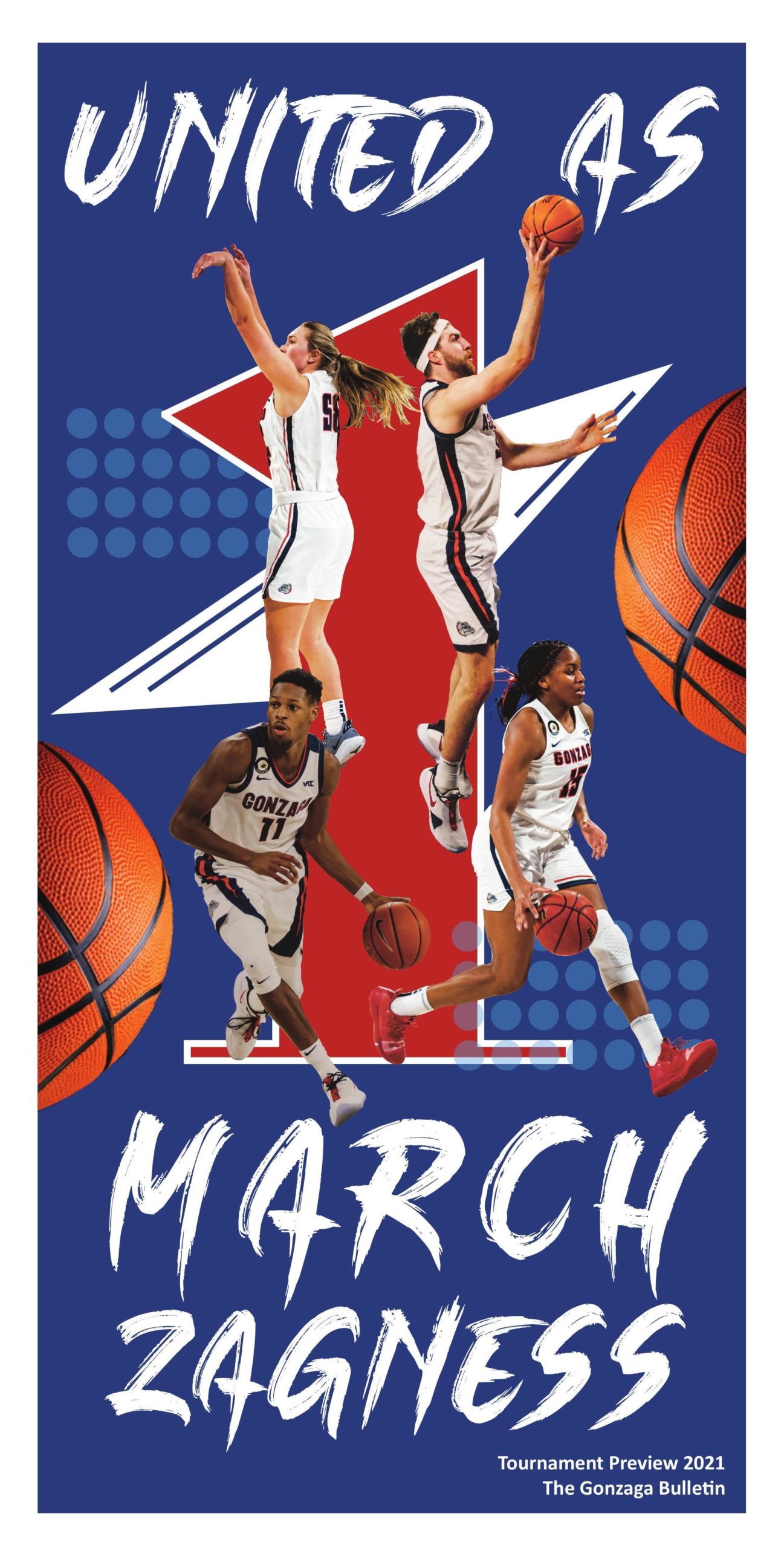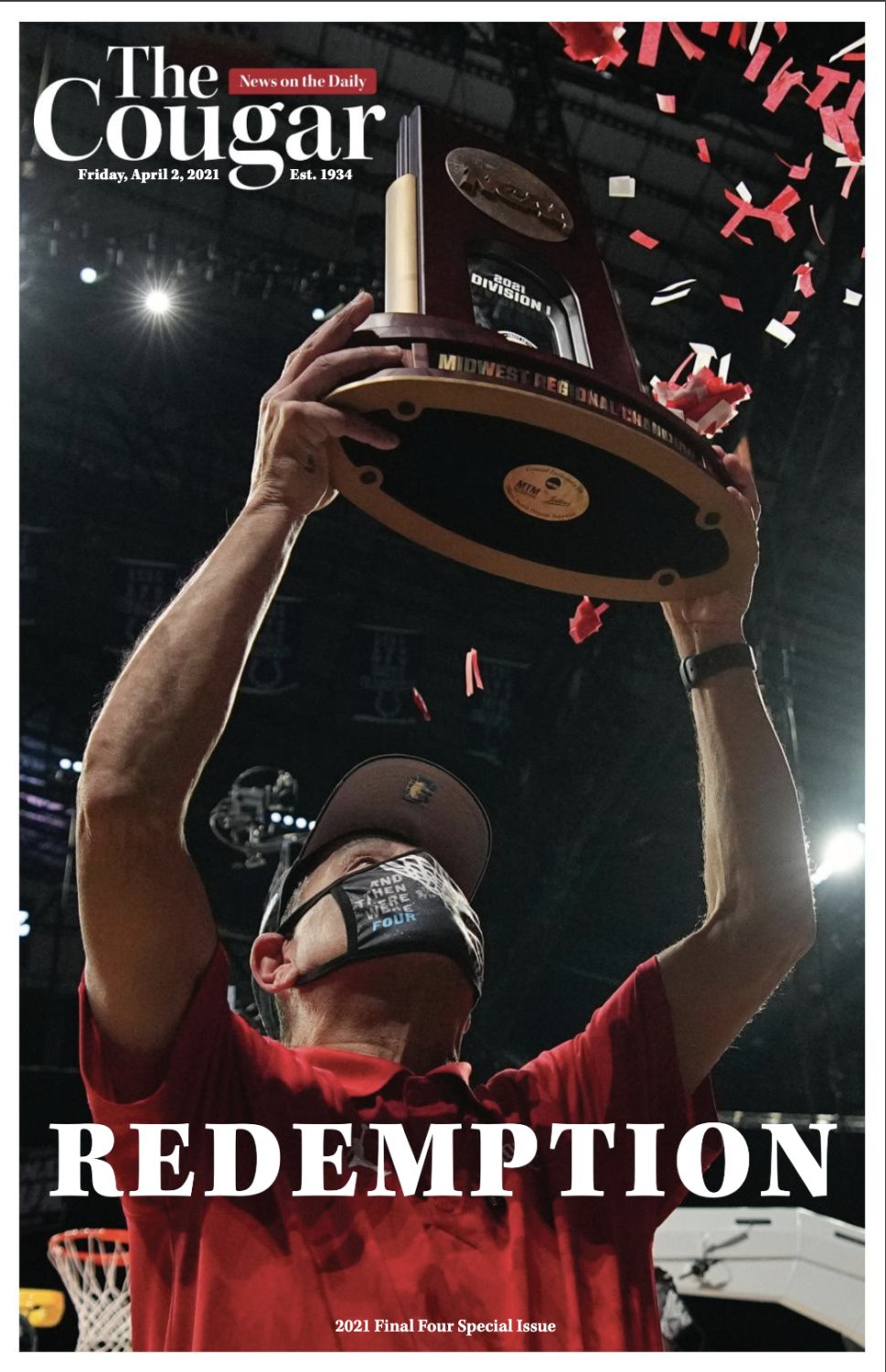Despite being knocked out early in the NCAA men’s tournament, the University of Illinois’ Daily Illini came out on top in the College Media Madness fundraising challenge.
The inaugural challenge raised $93,714 across 27 student newsrooms. Here’s a look at the top 10 newsrooms by funds raised:
- The Daily Illini (University of Illinois): $13,818 from 123 donors
- The Maneater (University of Missouri): $12,050 from 88 donors
- The Daily Orange (Syracuse University): $8,555 from 114 donors
- The Daily Iowan (University of Iowa): $8,429 from 89 donors
- Central Michigan Life (Central Michigan University): $6,775 from 102 donors
- The Daily Wildcat (University of Arizona): $5,485 from 58 donors
- The Michigan Daily (University of Michigan): $5,300 from 76 donors
- The State Press (Arizona State University): $5,225 from 69 donors
- The Diamondback (University of Maryland): $3,826 from 102 donors
- The Rocky Mountain Collegian (Colorado State University): $3,635 from 47 donors
Read more about the challenge in the March 17 issue of The Lead.
How Final Four student newspapers covered the NCAA men’s basketball tournament
Even The Baylor Lariat’s editor-in-chief didn’t think the Baylor Bears could beat the Gonzaga Bulldogs in the NCAA men’s basketball championship.
“Baylor is one of the few teams that can match Gonzaga’s depth, but no one can match the quality talent the Bulldogs have at the top,” editor-in-chief Matthew Soderberg wrote in a bracket prediction before the tournament started. “Unless a COVID-19 scare or injuries plague the No. 1 team in the country, I think Gonzaga finishes the season undefeated with an overtime win. Sorry, Baylor.”
After Baylor defeated Gonzaga 86-70, the Lariat student newspaper kept it simple in its headline: “History Made.”

(Screenshot)
The Gonzaga Bulletin took a more somber tone: “GU falls in national championship to Baylor.”
“Even though the Zags didn’t win, it was crazy to even think we had the possibility to cover this game and write about it,” sports editor Vincent Saglimbeni said in an email. “(Sports editor) Asher Ali did an amazing job on the story, and having our publication be one of the publications to write about this game is truly an honor.”
It was the end of an unconventional pandemic basketball season, but as always, student journalists were there (physically and virtually) covering their team’s triumphs and defeats.
The Gonzaga Bulletin and Baylor Lariat both created preview editions ahead of the tournament. The Cougar created special digital editions when the University of Houston advanced from the Sweet 16 to the Elite Eight to the Final Four.

(Screenshot)
“Covering basketball during a pandemic can be summed up using one word: Zoom,” Andy Yanez, sports editor of The Cougar, said in an email. “The challenging thing about covering March Madness was just being able to ask a question to (Houston coach) Kelvin Sampson. As the team got farther into the NCAA Tournament, more national media joined in on the Zooms, and the NCAA only allotted like 15 minutes, which oftentimes left a lot of the local media and I unable to ask him a question.”
Not every student publication was able to send student journalists to the tournament in Indianapolis, Sam Connon wrote in a column for The Daily Bruin (University of California, Los Angeles). Baylor University barred its student journalists from traveling to cover any sports in the spring semester, and Gonzaga’s student journalists’ plans to travel to the Final Four fell through when one student tested positive for COVID-19.
That left Connon and Yanez as the only student journalists in Indianapolis to cover their schools’ teams in the Final Four.
“I’ve met and talked to some of the players’ parents, captured videos of wholesome moments not seen on TV and actually interviewed sources face-to-face for the first time since the pandemic started, all while sitting courtside at the biggest games of the year,” Connon wrote. “I’ve spent hours on end working in the downtown media hub and been invited on podcasts, radio shows and local news stations to talk about my experience covering UCLA throughout the week.”

(Screenshot)
Even covering the national championship from Spokane, Washington, instead of Indianapolis, Saglimbeni said he was grateful for the opportunity to cover an undefeated team. Connon echoed the sentiment in his column and advocated for the significance of student journalism.
“When student papers treat their reporters like professionals, audiences do too,” Connon wrote. “When student journalists show they can step outside their campus bubbles and follow in the footsteps of national publications, people notice.”

(Screenshot)
One story worth reading
Protect your mental health by setting boundaries and checking in with yourself physically and mentally, Dr. Glenda Gordon writes for the Center for Health Journalism. “Journalists are not unlike mental health professionals in that they help us process emotional trauma and transform chaos into ‘meaning-making,’ which allows others to heal,” Gordon writes. The difference: Most journalists aren’t trained mental health professionals, leaving them to use their own coping skills to process difficult and traumatic experiences.
Opportunities and trainings
- Poynter’s internship database lists paid newsroom internships at publications around the country.
- This public list of journalism conferences tracks what’s coming up, with helpful links and registration deadlines.
- Attend a free Wall Street Journal career development event for student journalists on April 9.
- High school students, write an editorial for The New York Times’ contest by April 13.
- Students of color, apply for a fellowship to this summer’s IRE Conference by April 19.
- Apply for the Native American Journalism Fellowship and a scholarship opportunity by April 30.
- Apply for the Asian American Journalists Association’s scholarships or Voices fellowship program.
- College students, the Dow Jones News Fund wants to pay for your registration to journalism conferences. Apply by May 1.
- High school seniors, apply for scholarships from Quill and Scroll by May 15.
💌 Last week’s newsletter: More than 25 places to find journalism jobs and internships
📣 I want to hear from you. What would you like to see in the newsletter? Have a cool project to share? Email blatchfordtaylor@gmail.com.






